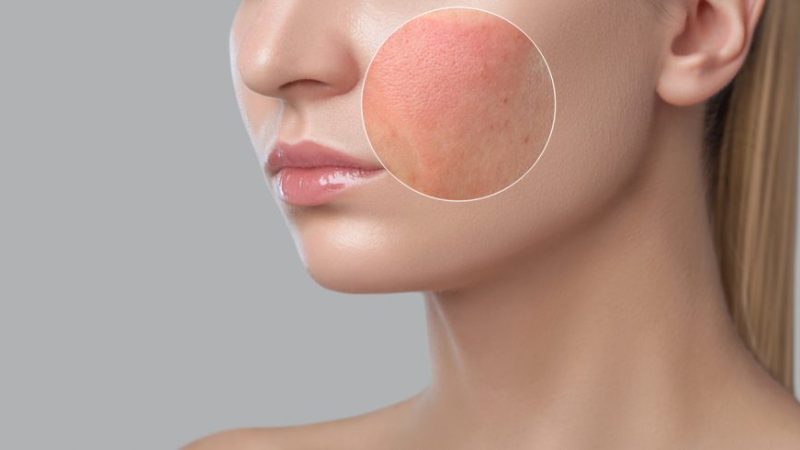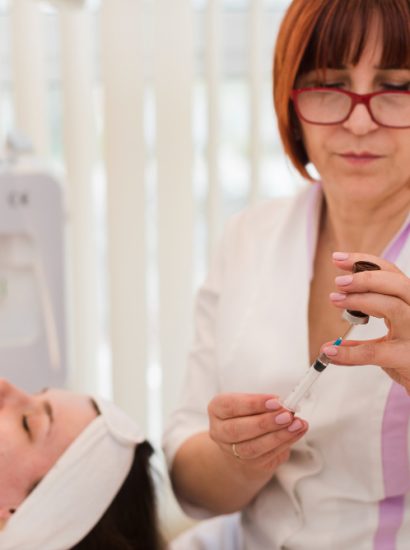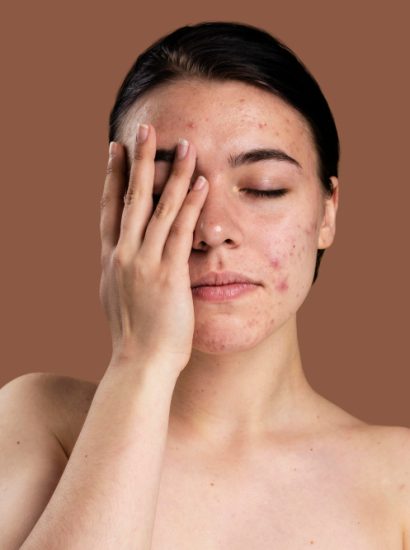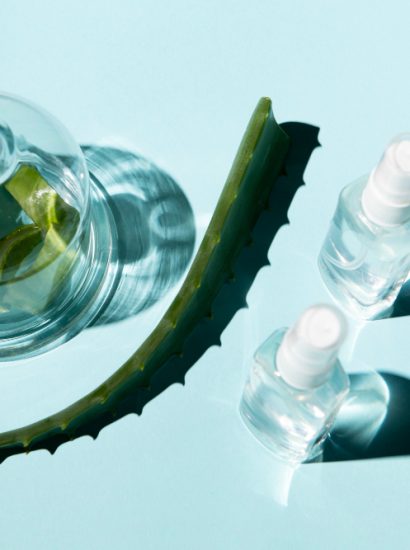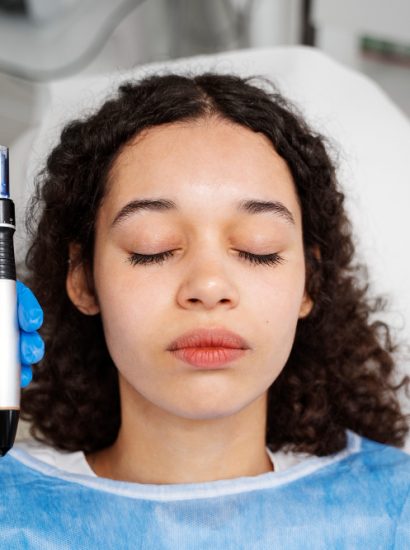Skincare to Reduce Redness: Redness in the skin can be a frustrating issue, often caused by various factors such as irritation, inflammation, or sensitivity. Whether it’s due to environmental factors, skin conditions, or harsh products, finding natural remedies can be a gentle and effective way to address redness. In this article, we’ll explore ten natural remedies that can help soothe and reduce redness, offering you a path to calmer, more balanced skin.
Skincare to Reduce Redness: Aloe Vera-The Ultimate Soothing Gel
Aloe vera is renowned for its soothing and anti-inflammatory properties, making it an excellent choice for reducing redness. This natural gel helps to cool the skin and provide relief from irritation. To use aloe vera, apply a fresh layer of the gel directly to the affected area and leave it on for about 15-20 minutes before rinsing off. Regular application can help reduce redness and promote healing.
Skincare to Reduce Redness: Chamomile Tea-A Calming Compress
Chamomile tea is not only a relaxing beverage but also a powerful natural remedy for calming irritated skin. Its anti-inflammatory and antioxidant properties help to reduce redness and soothe discomfort. Brew a cup of chamomile tea, let it cool, and then soak a clean cloth in the tea. Apply the cloth as a compress to the affected areas for 10-15 minutes. This simple remedy can help calm your skin and reduce redness.
Green Tea: Antioxidant Rich Relief
Green tea is packed with antioxidants and anti-inflammatory compounds that can help soothe irritated skin and reduce redness. Brew a cup of green tea and let it cool. Once cool, soak a cotton ball in the tea and apply it to the affected areas. You can also use cooled green tea bags as a compress. This remedy helps to calm the skin and provides a dose of antioxidants to fight inflammation.
Cucumber: A Hydrating and Cooling Agent
Cucumber is well-known for its hydrating and cooling effects, making it a great choice for reducing redness and soothing irritation. Slice a chilled cucumber and place the slices on the affected areas for 10-15 minutes. The cooling effect of cucumber helps to calm the skin and reduce redness. You can also blend cucumber into a paste and apply it directly to the skin for similar results.
Oatmeal: Gentle Exfoliation and Soothing Relief
Oatmeal is a gentle exfoliant and soothing agent that can help reduce redness and irritation. It contains anti-inflammatory properties that make it ideal for calming sensitive skin. To create an oatmeal mask, blend plain oats with water to form a thick paste. Apply the paste to the affected areas and leave it on for 10-15 minutes before rinsing off with lukewarm water. This remedy can help soothe your skin and reduce redness.
Honey: A Natural Antiseptic and Moisturizer
Honey has natural antiseptic and moisturizing properties that can help reduce redness and promote healing. Its gentle, hydrating effect makes it suitable for sensitive skin. Apply a thin layer of raw honey to the affected areas and leave it on for 15-20 minutes before rinsing off with lukewarm water. Honey helps to soothe the skin and reduce inflammation, making it an effective remedy for redness.
Yogurt: Probiotic-Infused Skin Care
Yogurt contains probiotics and lactic acid, which can help soothe and exfoliate the skin gently. The probiotics in yogurt help balance the skin’s natural flora, while lactic acid provides mild exfoliation. Apply plain, unsweetened yogurt directly to the affected areas and leave it on for 10-15 minutes before rinsing off. This natural remedy helps to calm the skin and reduce redness.
Witch Hazel: A Natural Astringent
Witch hazel is a natural astringent that can help reduce redness and inflammation. It contains tannins, which help to tighten the skin and reduce swelling. To use witch hazel, apply it directly to the affected areas using a cotton ball. Leave it on for a few minutes before rinsing off. Regular use can help reduce redness and promote a more even complexion.
Avocado: Rich in Vitamins and Moisturizers
Avocado is rich in vitamins and healthy fats that can help soothe and nourish the skin. Its moisturizing properties make it ideal for calming redness and irritation. Mash a ripe avocado and apply it as a mask to the affected areas. Leave it on for 15-20 minutes before rinsing off with lukewarm water. The vitamins and fats in avocado help to hydrate and soothe the skin, reducing redness.
Rose Water: A Gentle Skin Toner
Rose water is a natural toner with soothing properties that can help reduce redness and inflammation. It contains anti-inflammatory compounds that calm the skin and provide hydration. To use rose water, apply it to the affected areas using a cotton ball or spritz it directly onto the skin. Regular use of rose water can help reduce redness and improve overall skin tone.
Conclusion
Skincare to Reduce Redness: Redness can be a challenging issue to address, but natural remedies offer a gentle and effective way to soothe and reduce irritation. From aloe vera and chamomile tea to cucumber and honey, these ten natural remedies provide a range of options for calming your skin and achieving a more balanced complexion. Incorporating these remedies into your skincare routine can help alleviate redness and promote a healthier, more radiant appearance.
FAQs
1. How often should I use these natural remedies for redness?
For best results, you can use these remedies 2-3 times a week. However, it’s important to listen to your skin and adjust the frequency based on how it responds.
2. Can I combine these remedies for better results?
Yes, you can combine some of these remedies, but it’s best to start with one at a time to ensure your skin reacts well. For example, you could use a chamomile tea compress and follow up with an aloe vera gel application.
3. Are these remedies suitable for all skin types?
Most of these remedies are gentle and suitable for sensitive skin, but it’s always a good idea to do a patch test first to ensure you don’t have any adverse reactions.
4. Can I use these remedies if I have a specific skin condition like rosacea?
If you have a skin condition like rosacea, consult with a dermatologist before using new remedies. While many natural treatments are gentle, it’s important to ensure they are appropriate for your condition.
5. How long will it take to see results from these remedies?
Results can vary depending on the individual and the severity of redness. Generally, you may start to see improvement within a week of consistent use. For chronic or severe redness, it’s best to consult a skincare professional.
Also read: Skincare Manufacturer Insights: 10 Things You Didn’t Know

